Today, storage and memory hierarchies are manually tuned and sized at design time. But tomorrow’s workloads are increasingly dynamic, multi-tenant and variable. It just simply is not possible to build truly autonomous storage systems that can adapt to changing application workloads with today’s methods. In this session, we demonstrate recent breakthroughs in autonomous storage systems research including how traditional real-time approaches have not been able to succeed up to now. Attendees will be able to see results from the latest research and development and learn: Why static memory hierarchies leave so much performance on the floor. What is needed to design and implement a fully autonomous storage hierarchy and how does it automatically adapt to changing application workloads. How to achieve efficiency, QoS, performance SLAs/SLOs, and manage cost tradeoffs that are needed for fully autonomous caches.
The Path to Autonomous Storage is Broken
Tue Sep 13 | 4:05pm
Location:
Salon VI, Salon VII
Abstract
Learning Objectives
- Why static memory hierarchies leave so much performance on the floor.
- What is needed to design and implement a fully autonomous storage hierarchy and how does it automatically adapt to changing application workloads.
- How to achieve efficiency, QoS, performance SLAs/SLOs, and manage cost tradeoffs that are needed for fully autonomous caches.
---
Eric Wright
Magnition
Related Sessions
















